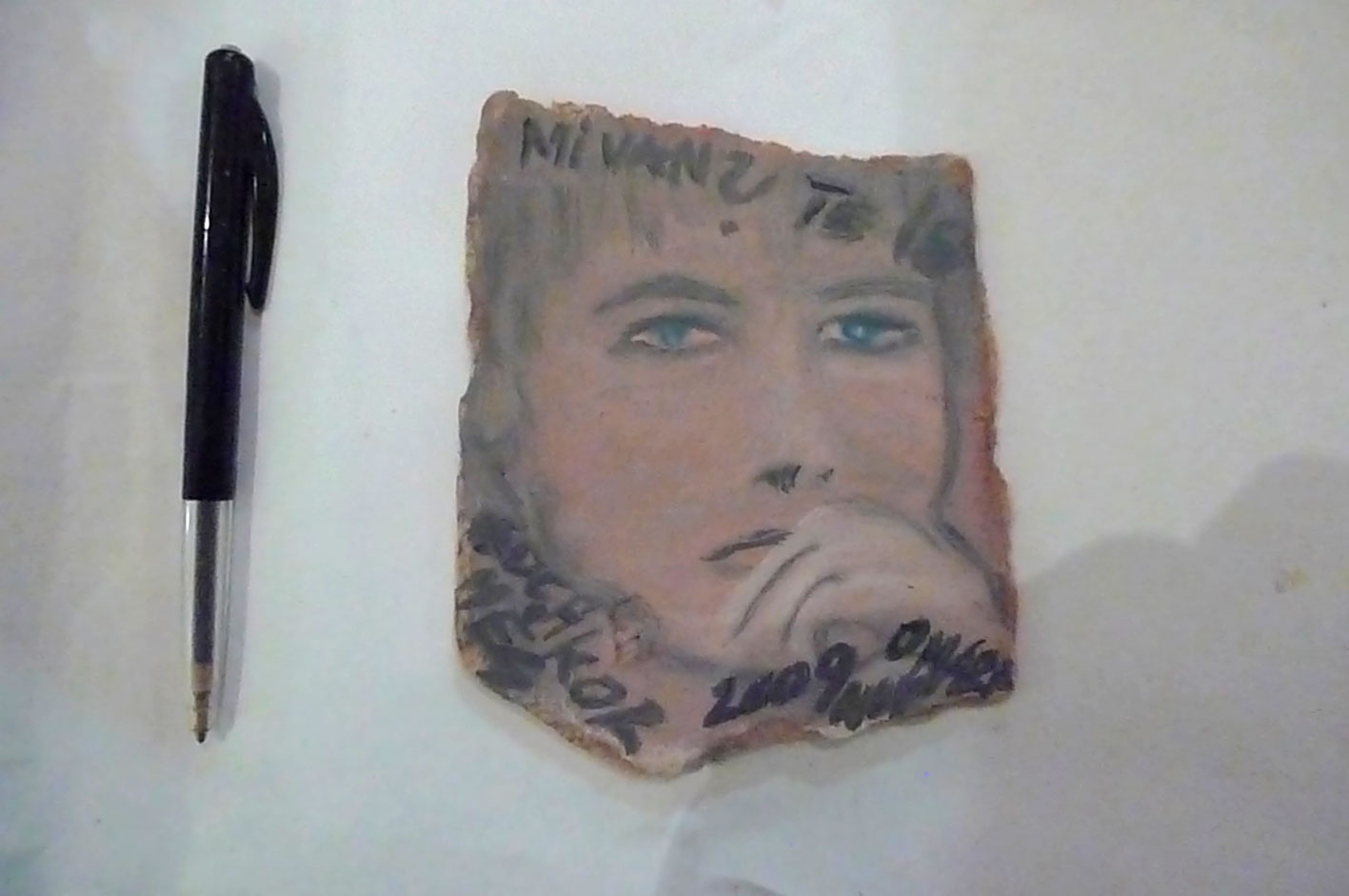Omara (Oláh Mara) hivatalos megnevezése amatõr roma mûvész, holott festészete radikalitásával, narrációjának erejével a magyar kortárs festészet fontos alkotója lehetne. Persze ehhez a kortárs közegnek kéne árnyaltabban gondolkodnia önmagáról. Oláh Mara képei az évek során az õt ért sértésekrõl, a szegénységbõl és a kisebbségi létbõl következõ diszkrimináció hétköznapjairól szólnak. Nem fikció, ezek az átélt megalázó helyzetek, és a tehetetlen düh a festészetében tör fel. Eszköztelenségében kezd el festeni, és nem okvetlenül egy elképzelt szép kép ideája vezeti, sokkal inkább a megjelenítés mágikus ereje. Nála ezért létfontosságú a narráció, a tartalom-centrikusság itt a kimondás felszabadulását jelenti.
Omara's offical designation is amateur Roma artist, albeit with the radicality of her painting and the power of her narration, she could be an important author of Hungarian contemporary painting. Of course, for this the contemporary scene would have to think in more diverse terms about itself. Mara Oláh's paintings refer to the violations she has suffered over the years, and the daily discrimination that has followed from her poverty and minority status. These humiliating situations she has lived through are not fiction, and her impotent rage breaks through in her painting. She begins to paint from her lack of means, which does not necessarily lead to the idea of an envisaged beautiful picture, but much rather the magical power of evocation. This is why her narration is of existential importance, and her content-centricness here signifies the liberation of enunciation.
